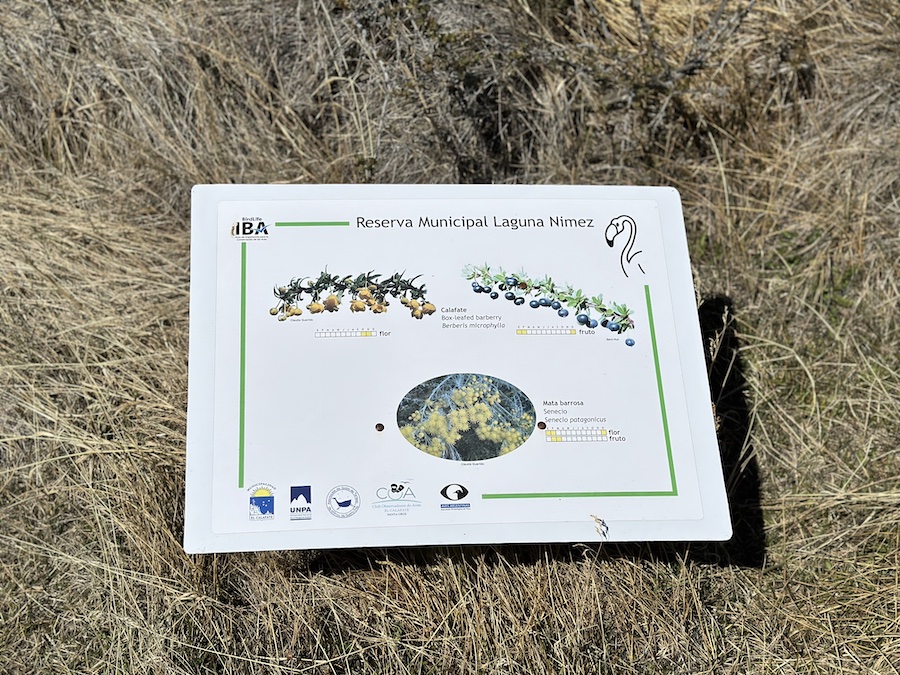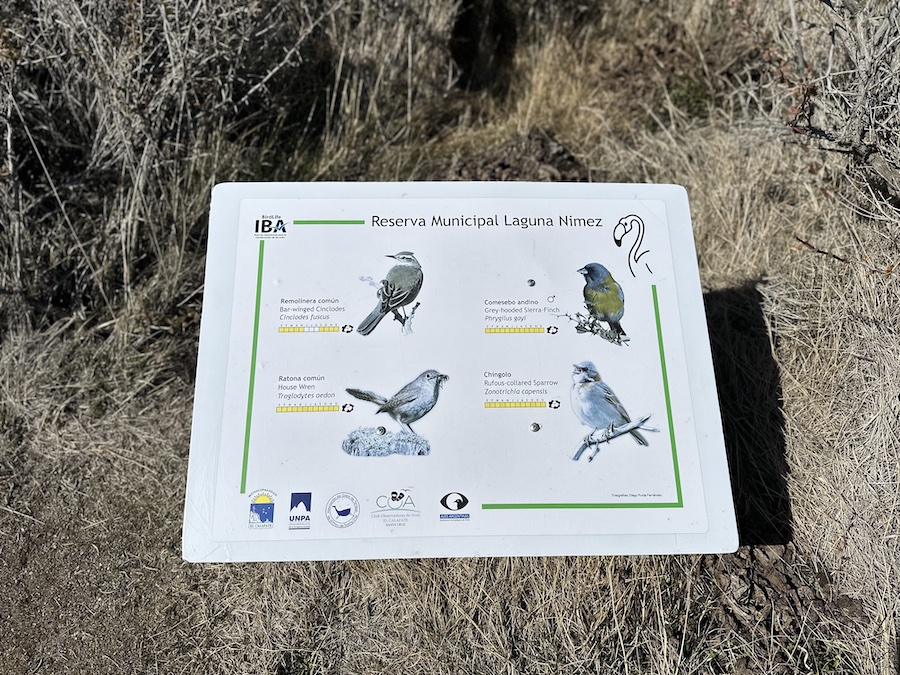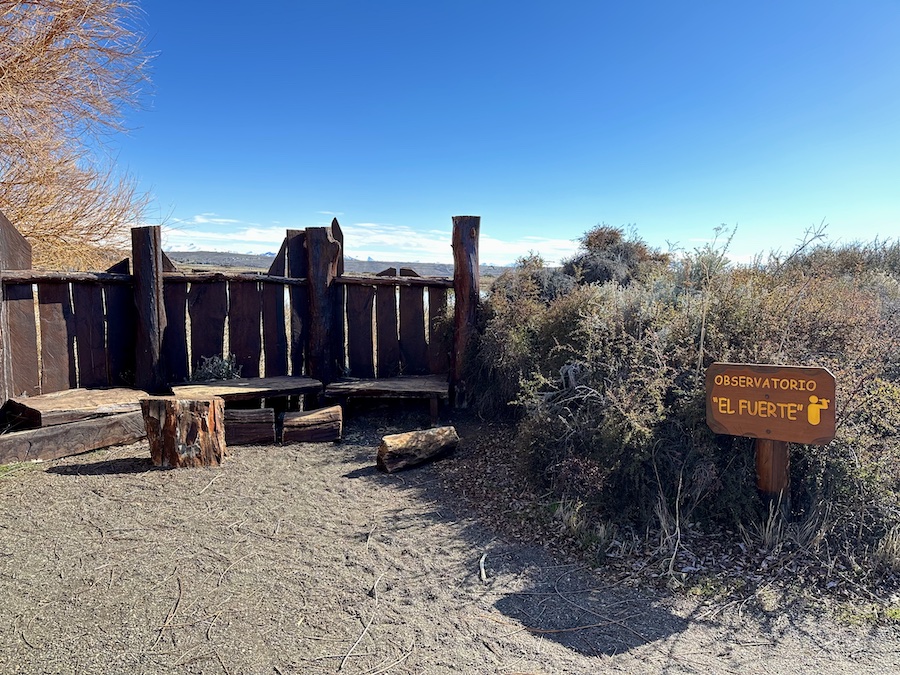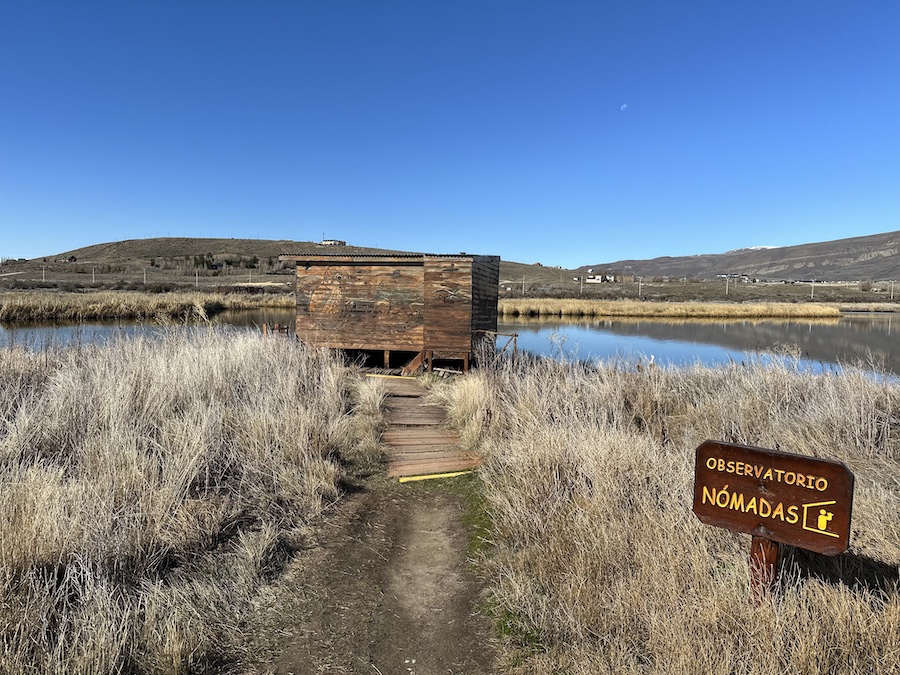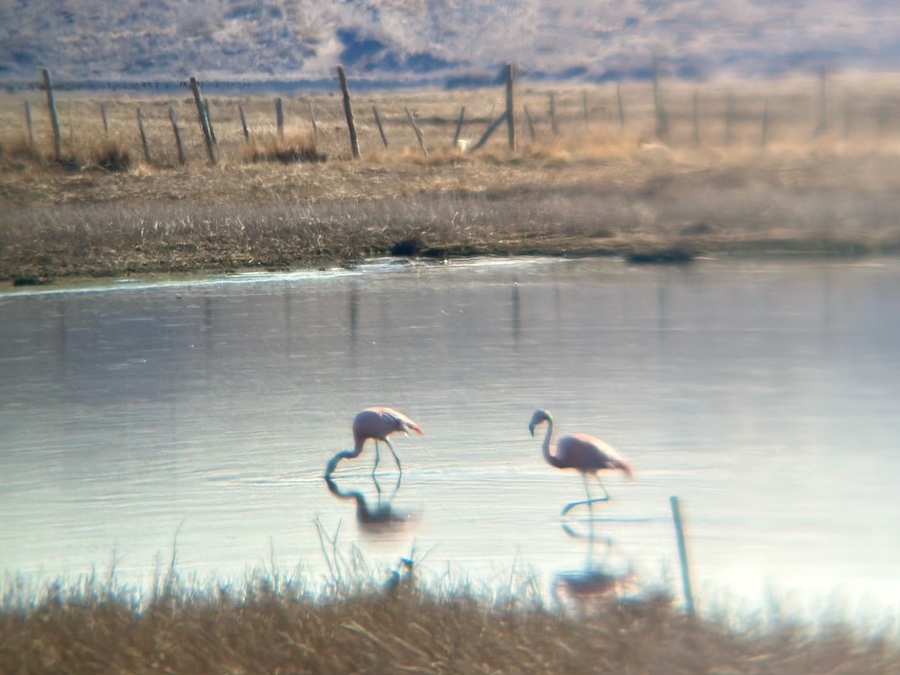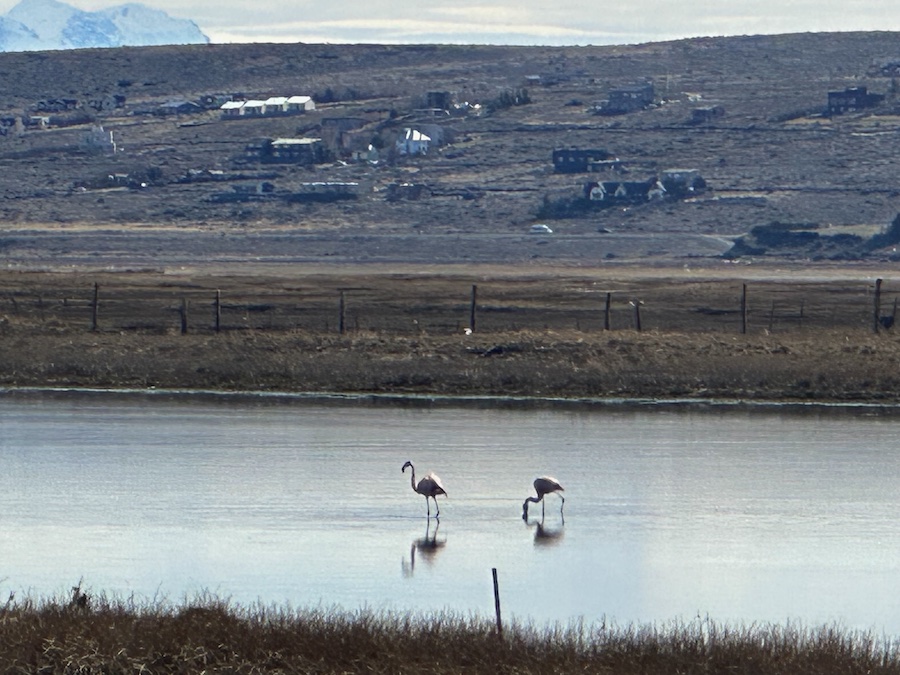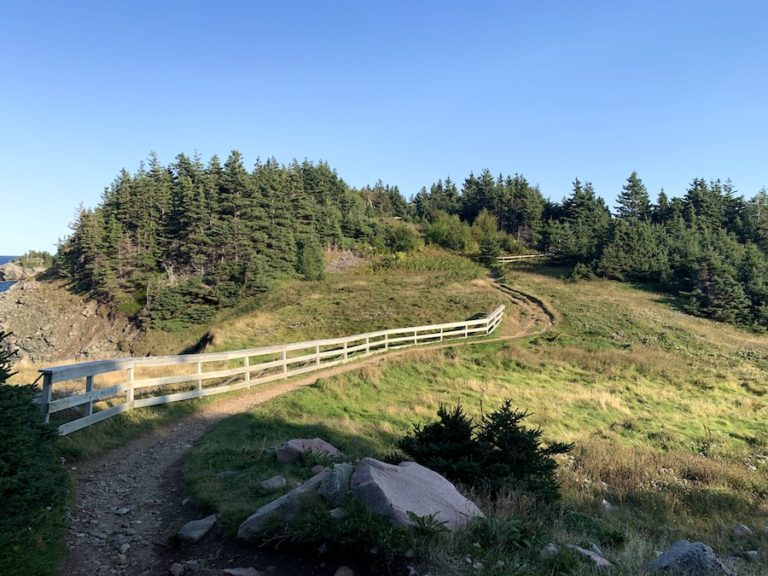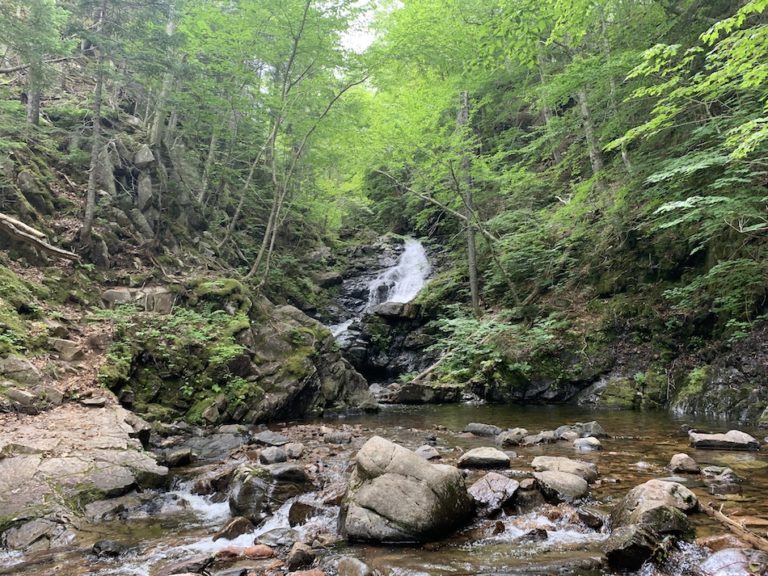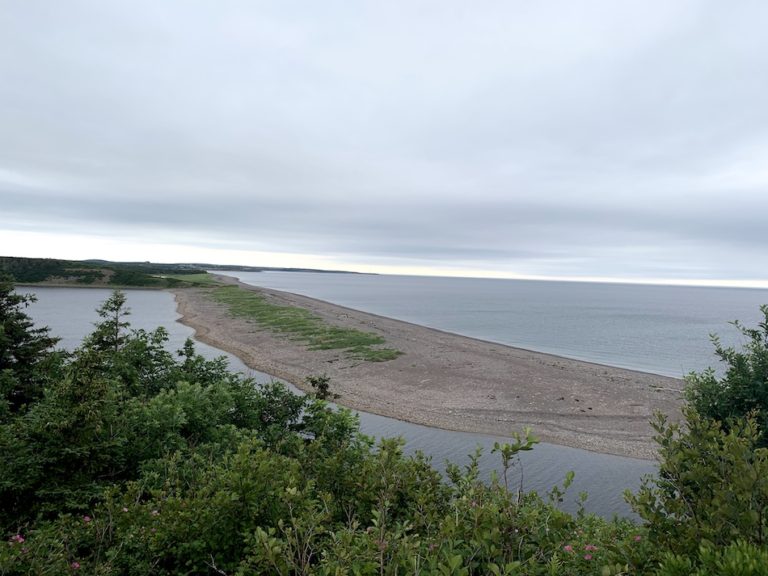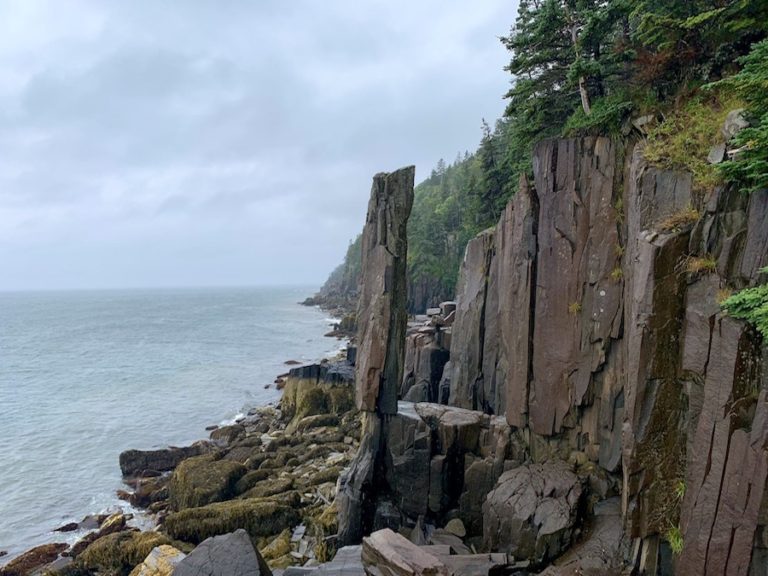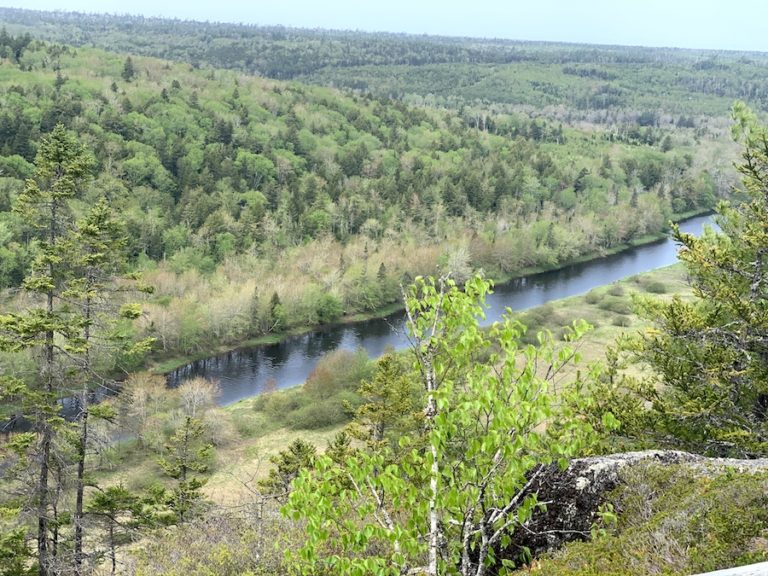Hiking Laguna Nimez Reserve In El Calafate, Argentina
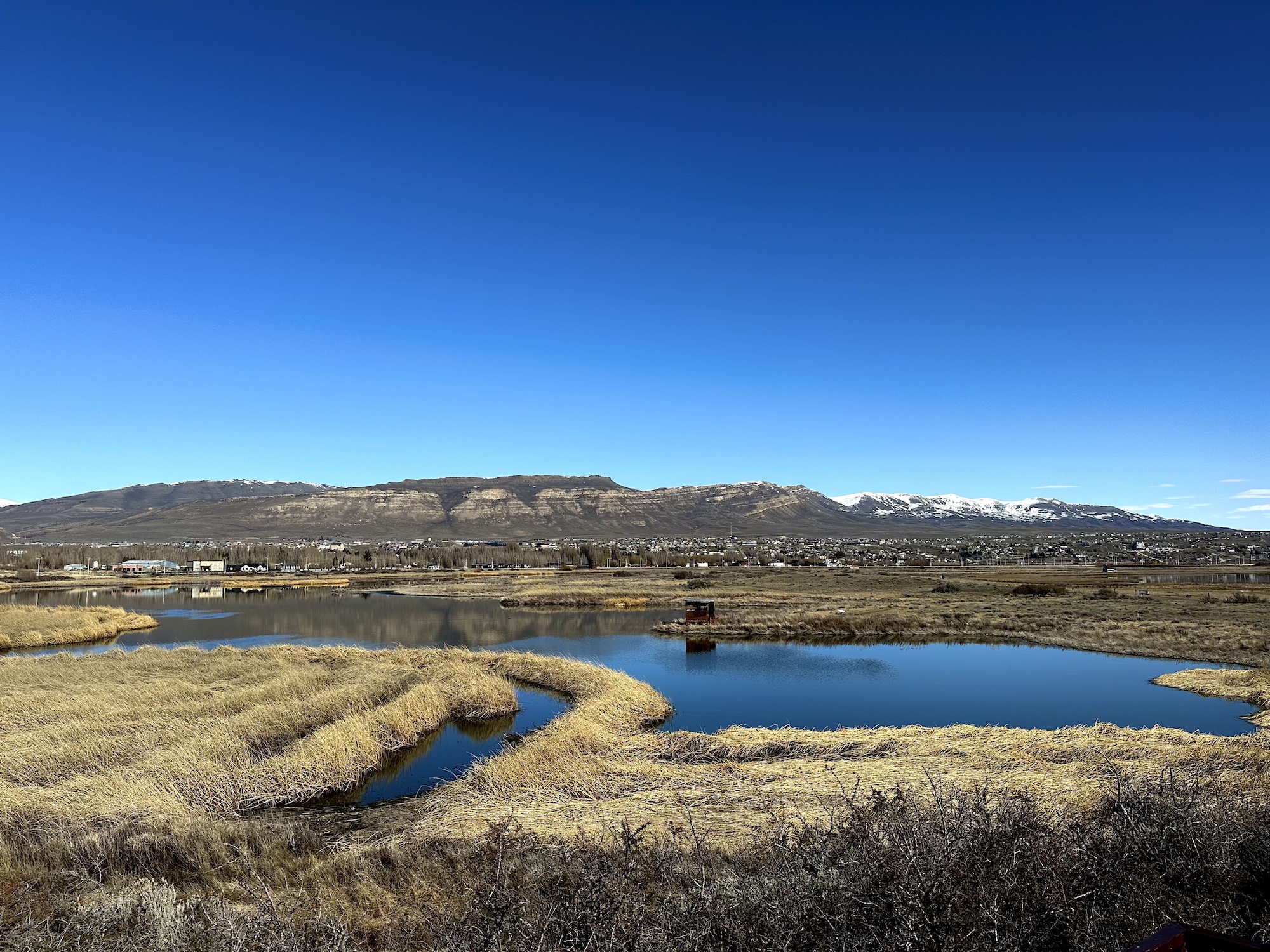
Laguna Nimez Reserve is a 140-hectare protected wetland and bird reserve with a 3 km loop through five distinct habitats. Laguna Nimez is a haven for countless birds and boasts a diverse range of fauna and flora.
This trail offers a wonderful opportunity for birdwatching and leisurely walks. This nature reserve is conveniently located close to the city center, making it the perfect destination for immersing oneself in nature and gaining knowledge about Argentina’s wildlife and plant species.
Difficulty: Easy
Length: 3 km (loop)
Suggested Duration: 1.5 hours
Signage: interpretive signs throughout
Facilities: main office with restrooms and bottled water for sale
Disclaimer: This article includes affiliate links. If you click one of them, I may receive a small percentage of the sale at no extra cost to you. Thank you for your support!
Key Features Of Hiking Laguna Nimez Reserve
- A 140-hectare protected wetland and bird reserve
- Features five natural environments (Shrubs Steppe, Wetlands, Flood Grassland, Reedbed and Argentine Lake Coast)
- Offers excellent birdwatching opportunities, especially for waterfowl
- Beautiful views of Lake Argentino and the Andes mountains
- Interpretive information about the local flora and fauna
- A peaceful and serene natural environment
- Visitor center with educational exhibits and information
- A great place for eco-tourism and wildlife enthusiasts
- Has a wheelchair friendly trail
- Access to Lake Argentino beach
Facilities And Services
- Main office with maps, information, restrooms, bottled water, bird guides and local books for purchase, and binoculars to rent (for a fee),
- Accessible restroom
- Offer educational visits to schools
Before You Start Hiking Laguna Nimez Reserve
Before you start exploring the Laguna Nimez Reserve trail, there are a few things you should know. First, there is a fee to enter the reserve, and it can only be paid in pesos (credit cards are not accepted).
As of October 2023, the entrance fees are as follows:
- General admission: $5000
- National admission: $2500
- Residents of the province of Santa Cruz: $1000
- National retirees: $1500
- Residents of El Calafate: free of charge
- Minors (-18): free of charge
- School groups: free of charge
The reserve is open all year long though the hours may vary depending on the season. As of 2023, the hours are as follows:
- Summer: Monday – Sunday, 9:30 a.m. – 7:30 p.m.
- Winter: Monday – Sunday, 10:00 a.m. – 6:00 p.m.
There are a few rules to abide by when visiting Laguna Nimez.
- No smoking
- No dogs
- Stay on the designated trails
- Leave no trace – do not litter
- Do not stand on the railings at lookouts
The Five Environments Of Laguna Nimez Reserve
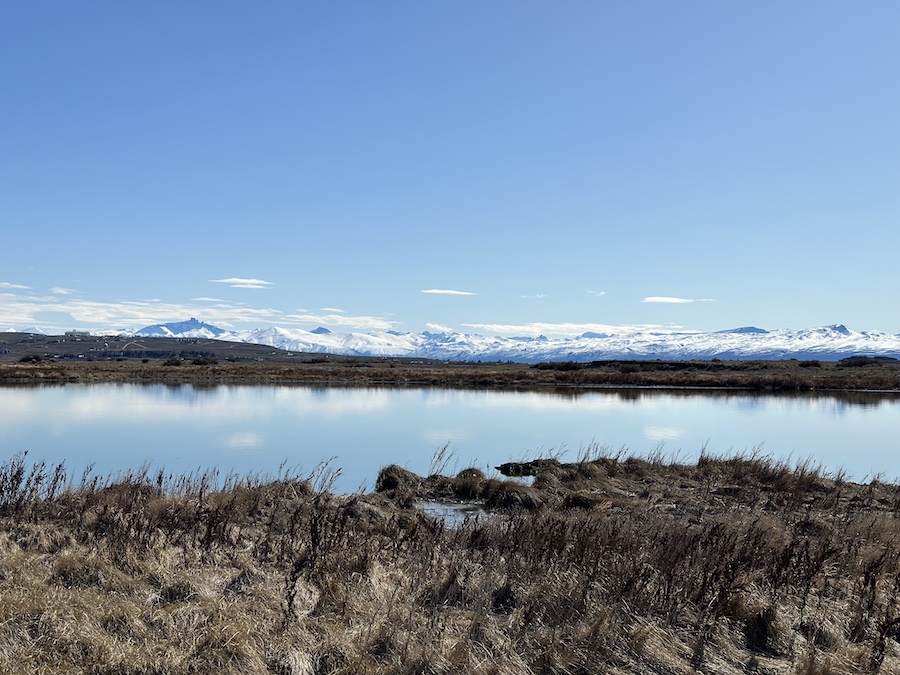
Laguna Nimez contains five natural environments full of different fauna and flora.
1. The Wetlands
The wetlands are thanks to two lagoons – Nimez and Secundaria. These lagoons are home to nearly 100 different species of birds, with 70% of them being migratory and 30% being permanent residents. Among the many birds that can be seen here are the Chilean Flamingo (Flamenco Austral), Coscoroba Swan (Coscoroba), Black-Necked Swan (Cisne de Cuello Negro), Crested Duck (Pato Crestón), and Chiloe Wigeon (Pato Overo).
2. Shrubs Steppe
The Shrubs Steppe, called Patagonian Steppe in Patagonia, is a grassland with low rainfall and is mostly covered in bushes. Among the most abundant flora is the Calafate, an evergreen thorny bush that bears delicious calafate fruit in the summer. Many small birds, rodents and gray foxes feed on these fruits.
They are also edible to humans (and can be found in various products around Argentina and Chile). Some birds you can find here include the Rufous-Collared Sparrow (Chingolo), Southern Crested Caracará (Carancho), Long-Tailed Meadowlark (Loica) and Patagonian Mockingbird (Calandria Mora).
3. Reedbed
Although it may be the smallest environment in the reserve, it still plays a significant role. This area is primarily composed of reeds, which serve as a nesting place for various waterfowl species.
During the colder months, this area remains unfrozen, making it a safe haven for many resident aquatic birds. The Reedbeds are home to various ducks, small birds, and some birds of prey. Birds that around found in the area include the Rockfish (Rallus Antarticus), Chimangos (Milvago Chimango) and Plumbeous Rail (Gallineta Pico Pintado).
4. Argentine Lake Coast
The Argentino Lake is located within the reserve and offers a panoramic view of El Calafate, the Calafate River valley, Round Bay, and the lake itself from a balcony. This is the coastal environment within the reserve. Birds that can be spotted in this area include the Magellanic Plover (Chorlito Ceniciento), Ashy Plover (Pluvianellus Socialis) and Blue and White Swallow (Golondrina Barranquera).
5. Flood Grassland
The Flood Grasslands are adjacent to the lagoons and form part of the wetlands. The area is characterized by herbaceous vegetation, providing a habitat for diverse flora and fauna. Some of the native plants that you might come across in this area include Coirones, Mata Piedra, and Topa Topa.
As for birds, the following are commonly spotted in the flood grasslands: Upland Goose (Cauquen Común), which is usually seen in pairs, Short-Eared Owl (Lechuzón de Campo), Magellanic Snipe (Becasina Patagónica), and Black-faced Ibis (Bandurria Austral). Apart from birds, you can also find gray foxes, rodents, and lizards in these areas.
Our Experience Hiking Laguna Nimez Reserve
The purpose of our trip to El Calafate was to visit Perito Moreno Glacier. However, we were grateful for the added bonus of exploring Laguna Nimez Reserve. When we first arrived, we made our way to the office, paid our fee and got ready to enjoy some fauna and flora!
We brought our own binoculars, but it was also possible to rent some from the main office. We highly recommend bringing your own or renting a pair, as it greatly improved our ability to spot many of the species within the reserve.
As we started walking along the trail, it was easy to follow and well-maintained. There are interpretive signs everywhere, which let you know the types of birds you could see in that specific area and what flora was growing around you. We loved getting to learn more about the native species of Patagonia while also exploring the great outdoors!
There are several birdwatching refuges along the trail where you can sit and observe birds in their natural habitat without being noticed.
We were not able to capture too many good-quality photos of the birds we spotted. However, here are a few. The first is of a Red Gartered Coot (Callareta Ligas Rojas) taken through our binoculars.
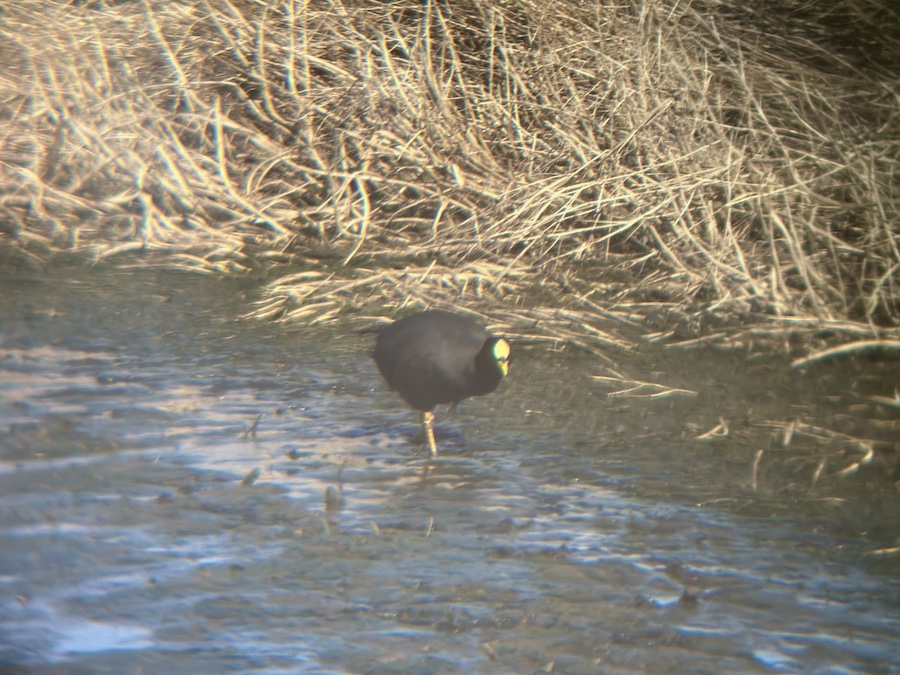
Next is a pair of birds together called Upland Goose (Cauquen Común). Fun fact: these two birds remain mostly monogamous their entire lives. The female (reddish-brown one to the front) seeks out food and feeds the male (white one toward the back). When the male dies, the female will go find another to be her new life partner. However, when the female dies, the male dies shortly after. Throughout our time in Patagonia, we saw quite a few pairs of these love birds.
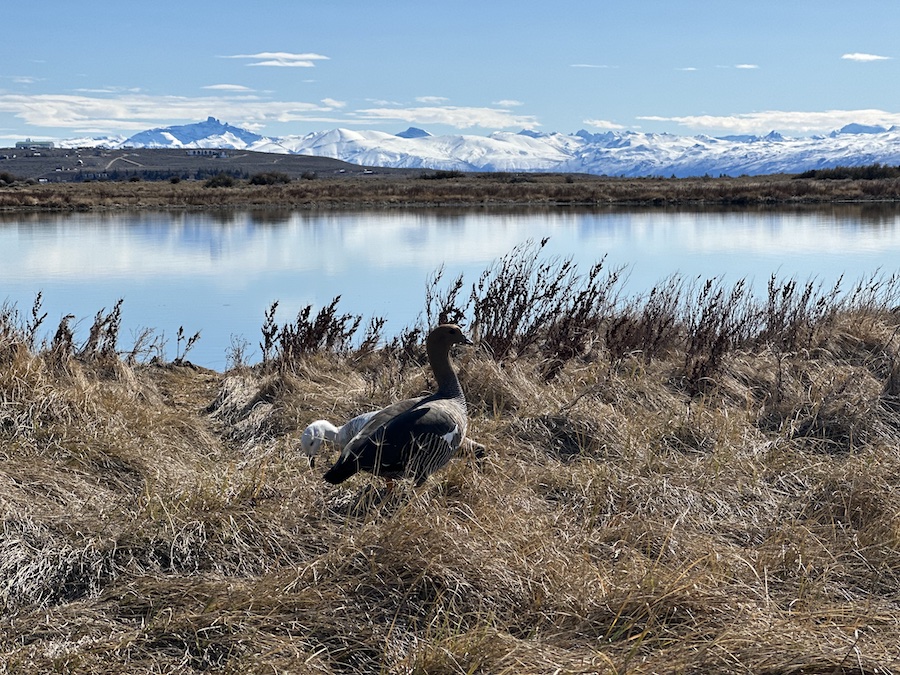
As we neared the end of the loop, we reached Laguna Secondaria, where we were lucky enough to catch a glimpse of flamingos in their natural habitat. As Canadians, it’s not a common sight for us, so we were thrilled about this part of our journey. Here are some photos taken from our binoculars. They are not the best quality, but you get the idea!
As we strolled through the rest of the reserve, we saw a few more Cauquén Comúns and smaller birds off the boardwalk before reaching the main office.
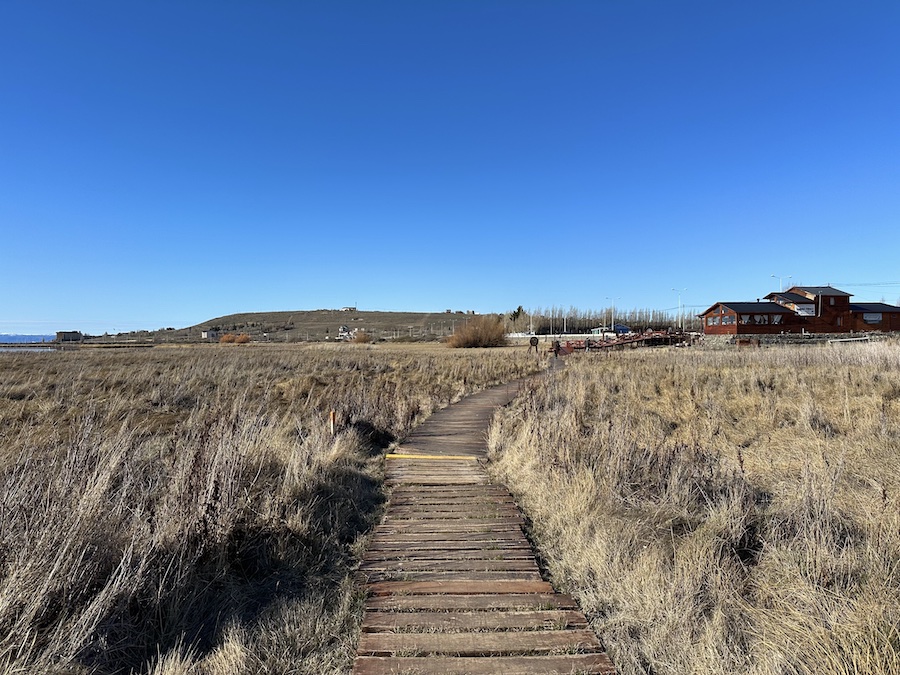
Although not a strenuous hike, this trail provides an engaging and interactive opportunity to learn about Argentina’s flora and fauna while escaping from the city and immersing oneself in nature.
Checklist And Recommended Gear
The following is our recommended gear for the Laguna Nimez Reserve trail.
- Water bottle
- Hiking or comfortable walking shoes – Women’s // Men’s
- Camera/Phone to take photos
- Cash for entrance fee
- Sunscreen
- Hat
- Sunglasses
- Insect repellent
- Binoculars (you can also rent a pair at the main office)
Related Hikes
Hikes Near El Calafate
- Perito Moreno Glacier Mini Trek
- Perito Moreno Glacier Big Ice Trek
- Perito Moreno Glacier Walkways
- Cerro de los Cristales
- Cascada De Los Perros

